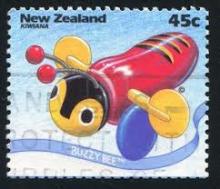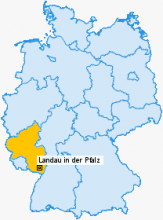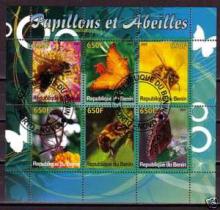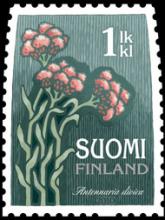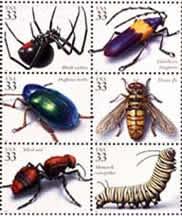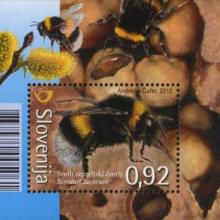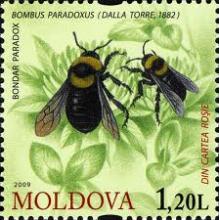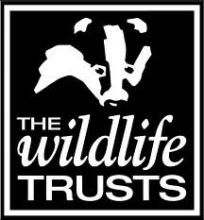Volgens een Britse parlementaire commissie hebben Europese toelatingsautoriteiten een oogje dicht gedaan bij de gegevens over het gevaar van imidacloprid voor bijen en andere bestuivers
De veiligheid van het wereldwijd meest gebruikte insecticide imidacloprid wordt sterk betwijfeld door een Brits parlementair onderzoek, en parlementsleden beschuldigen de toelatingsautoriteiten er van de ogen te hebben gesloten voor het risico van deze werkzame stof voor bijen. Het wetenschappelijk bewijs stapelt zich voor een verband tussen het wijdverbreide gebruik van neonicotinoïde bestrijdingsmiddelen op gewassen en de ernstige achteruitgang van de bijen en andere bestuivers, die van vitaal belang zijn bij de productie van een derde van ons voedsel. Het onderzoek heeft bewijs opgeleverd (zie bijlage), dat blijkbaar werd genegeerd door toelatingsautoriteiten, dat het giftige insecticide zich kan ophopen in de bodem tot een niveau dat vrijwel zeker dodelijk is voor de meeste insecten, met inbegrip van bijen die overwinteren in de bodem.

